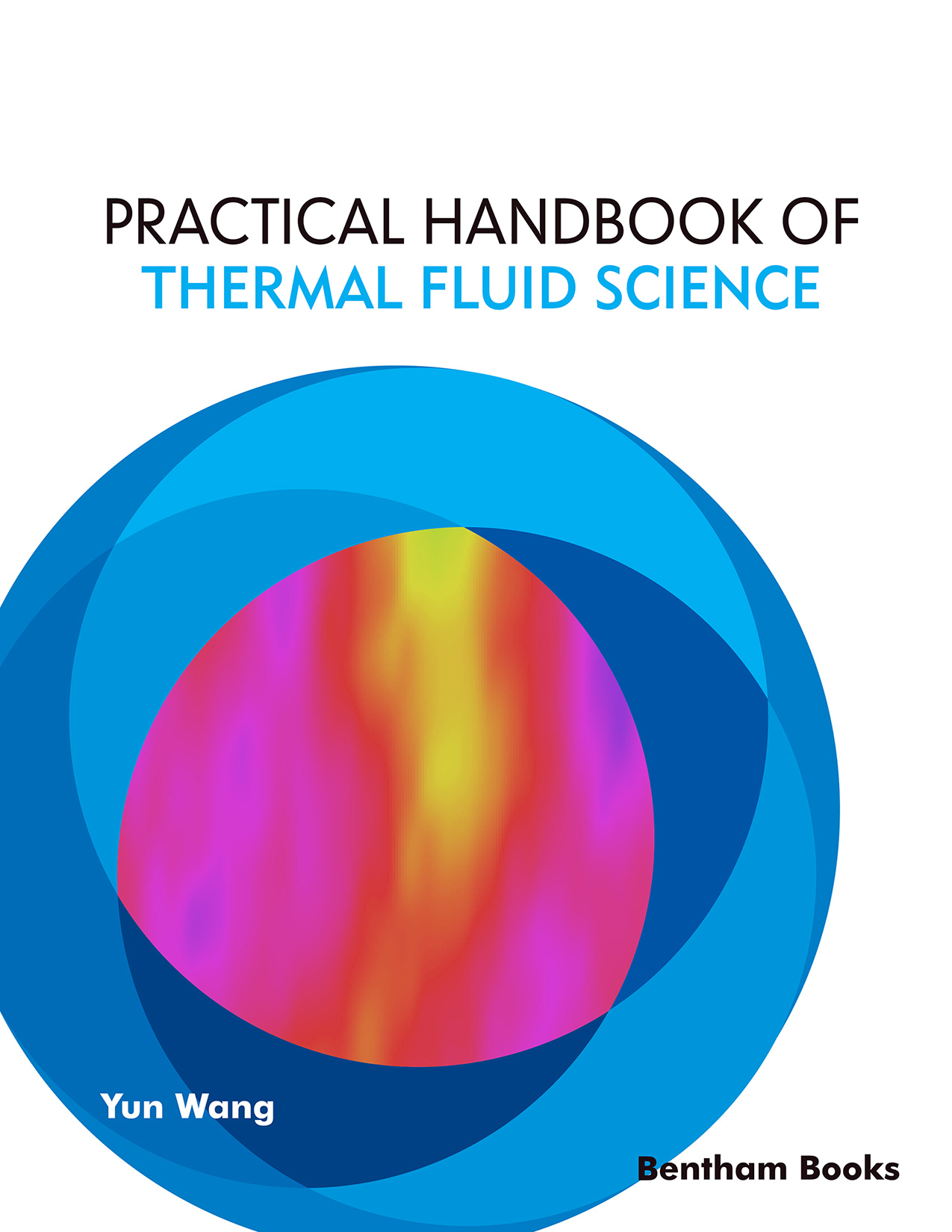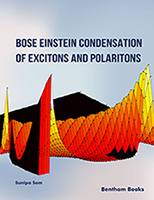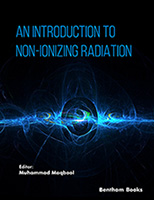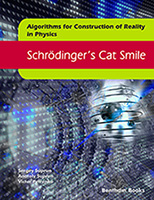Thermal fluid science is an important traditional subject in engineering, which deals with thermodynamics, fluid flow, and heat transfer. Tremendous efforts have been made so far, particularly during the last couple of centuries or so, on advancing the technology and fundamental research of heat engines and fluid flow and heat transfer devices. In addition to the large number of research and review paper publications, many classic books have been published and are available in the market, primarily for standard fundamental and classroom learning with few experimental and real-world data for learning and exercise. This book contributes to this aspect of thermal fluid science and technology; it focuses on experimental and real-world operating data and relevant fundamentals. For examples, operating data in power plants regarding boilers, steam turbines, and gas turbines are provided to analyze efficiencies, along with fundamentals and use of the steam tables. Experimental data of Venturi and orifice plate flow meters are provided to show step by step how to calibrate these two important flow meters, along with experimental steps. Detailed experimental data of wind tunnels, sphere heating/cooling, pipe flow, engines, and refrigerators/heat pumps are provided to show how to test and use these important devices and how to evaluate the heat transfer coefficients and friction coefficient/factor. Figures from original patents are directly used to show readers how to prepare figures in patents. Useful data, equations, solutions, and correlations are given in the Appendix sections.
More specifically, this book volume aims to relate the thermal-fluid science fundamentals with real-world operation of important devices that greatly impact our daily lives, such as power generation, heat transfer, air conditioning, refrigeration, engines, flow meters, airplane flying, and pipe flows. In other words, the objective of this book is to provide an introduction to the essential knowledge required to perform analysis and evaluation for practical systems and several major inventions; the book also presents and discusses the experimental methods and apparatus. In addition to providing an introduction in Chapter 1, major concerns in the thermal fluid laboratory, such as safety and training, are summarized. The book outlines the basic methods for data statistics and error analysis in Chapter 2, along with an experiment method and data for exercise. Chapter 3 of the book presents the fundamentals of heat transfer, measurement of temperature and heat transfer coefficient, and an example of sphere cooling/heat experiment. Following the format of Chapter 3, Chapters 4-9 describe and discuss power plant operation, pipe flow, and flow meters, power plant efficiencies, wind tunnel, engines, and refrigeration. Chapter 10 focuses on the report preparation and basics of dimensions, units, and significant figures, along with the requirement for figures and graphs.
This book is based on my about 15 years of teaching experience at the UC Irvine MAE107 Thermal Fluid Science Laboratory. I would like to thank Daniel Kahl, Bongjin Seo, Qin Chen, Jingtian Wu, Patrick Hong, Frederick R. Bockmiller, and Daniela Fernanda Ruiz Diaz at the UC Irvine for their assistance in the book preparation.
CONSENT FOR PUBLICATION
Not applicable.
CONFLICT OF INTEREST
The author declares no conflict of interest, financial or otherwise.
ACKNOWLEDGEMENTS
Declared none.





